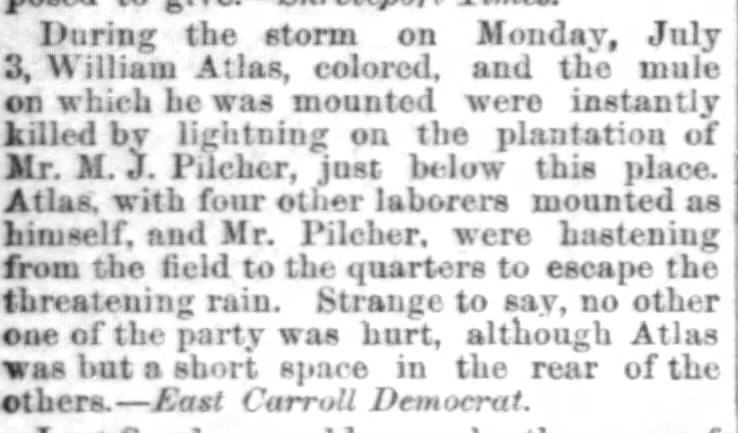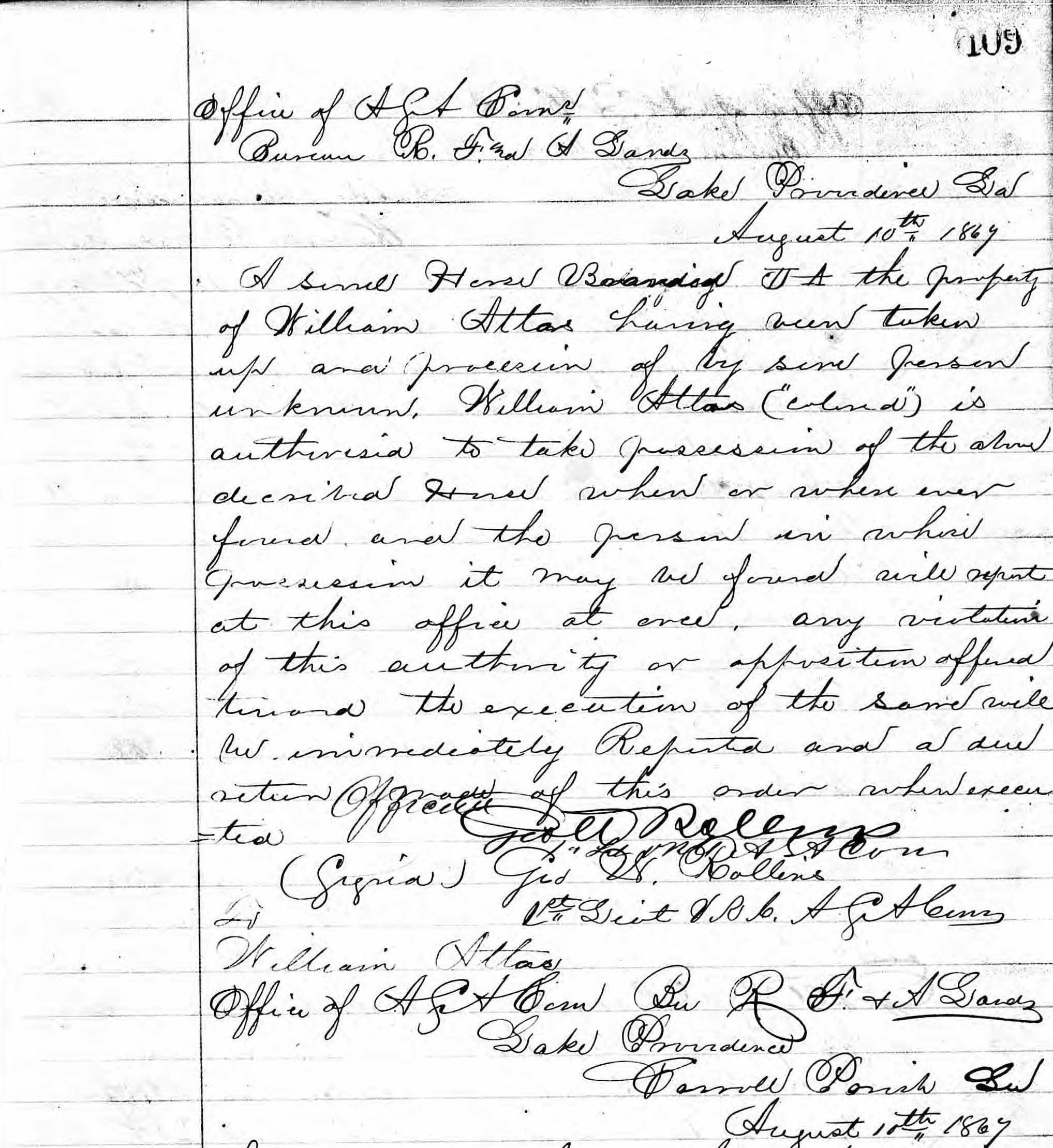
Ancestry has made the records of the Bureau of Refugees, Freedmen, and Abandoned Lands (Freedmen’s Bureau) available in the world’s largest digitized and searchable format. More than 3.5 million records, that document our ancestors in the early days of the freedom, are now available on the site…AND IT’S FREE TO ACCESS THEM.


How it All Began, For Me
14 years ago, I began my journey browsing through the Freedmen’s Bureau at the National Archives branch in San Bruno, CA. I would have to take off work and me and my geneabuds from AAGSNC would carpool over and spend hours browsing microfilm, hoping we’d find our ancestors. We made countless trips where we would really only take time to eat lunch and head right back over to keep searching.
The process was tedious. While the guides that the National Archives provides are clutch, they still couldn’t really cut down the number of hours needed to actually mine through all of the records. The guides themselves can number more than 100 pages in some of the locations, like Louisiana, which is where I spend a great deal of time doing research.
The time period the records cover, as early as 1862 and as late as 1872, was not one to skip over in your research. It documents those crucial early years after emancipation for those who were formerly enslaved, those who were free people of color (FPOC) before the war, and those who lived in community with them either long term, such as the case with indigent whites, or short term, such as those who were in the military, worked at the hospitals, schools, and etc. run by the Bureau. The clues as to who former slaveholders were or even the names of family members that did not live to see the 1870 U.S. Census and more could be hiding in the collection.
I’ve since come to realize that the number of rolls of microfilm that make up the total collection are more than the entire 1880 U.S. Census! It’s crazy to think that anyone would even think that someone should browse the Bureau records, image by image. We would never expect folks to do that with the U.S. Census.
It took me years – literally – but I was able to find at least one record. It was a letter that mentioned my great great uncle, William Steven Atlas, Sr. He had gone to the head of the Lake Providence Field Office, George W. Rollins, to inquire about help getting his horse back.
And that was it…for YEARS
Thankfully, efforts were made by scores of organizations to digitize the Freedmen’s Bureau records and make them available at home, but even that was mostly the equivalent of making our computers a microfilm machine. Imagine that process for those just starting out. Many of them gave up researching in the Bureau because it was just so hard to wrap your mind around the operation and then get an effective set of steps down to mine through all the information.
While indexing of records had been done before now, the collection was broken up in separate databases and even entire websites. It was not in a format that allowed it to be searched in its entirety. This meant that you would have to search each database or website separately or, try to do a global search and hope something would pop up.
After more than a decade of browsing, I was able to find more than just Uncle William in the records. In fact, I was able to use Bureau records to confirm the slaveholders of three separate lines of my ancestors and trace some of them as early as 1775. More on that in a bit.
“Office of ASA Coms (Assistant Subassisstant Commissioner)
Bureau of R. Fnd A Lands (Bureau of Refugees, Freedmen, and Abandoned Lands)
Lake Providence
August 10, 1867
A sorrel horse branded WA the property of William Atlas having been taken up and possession of by some person unknown, William Atlas (“Colored”), is authorized to take possession of the above described horse when or whenever found and the person in whose possession it may be found will report at this office at once. Any violation of this authority or opposition offered toward the execution of the same will be immediately reported and a due action offered of this order when executed.
Signed, Geo. W. Rollins, 1st Lieutenant V.R.C. & AC
To William Atlas”

Welcome, again, to the Freedmen’s Bureau!
Now, we can type a name in and search the sum of the collections, once and for all. Literally.
Curious? Just take a look at the list of source collections that make up the U.S., Freedmen’s Bureau Records, 1865-1878 collection at Ancestry. Do you see how many collections this is?!? It even includes the bank records!
And did I mention that this collection is also “hintable” at Ancestry?!? That means that the site is crawling your tree in the background doing the hard work for you to provide you hints within the records you may not have found on your own?!?
And did I say IT’S FREE! All you need is a free, registered account to begin searching.
I literally cannot wait to see what you all discover. I’m actually STILL finding stuff thanks to this new access. Feel free to send me a note if you make a breakthrough or send tips on things you’re finding that are interesting!
I’ve been able to confirm slaveholders on three separate lines of my family using the information I found in Freedmen’s Bureau records.
If you’re interested in finding out exactly how I did it, check out the following blog posts, webinars, and more:
Waiting on Fate
I was able to break through a 40 year brick wall to trace my ancestors while enslaved because I chased down the source of a small note about the residence of an uncle (“Short’s Place”) mentioned in rations in the Bureau. The note was made seven months before the 13th Amendment.
Finding John Lee Series: Right Under Your Nose
I was able to confirm the slaveholder of my ancestor, John Lee, after joining research forces with a cousin identified by AncestryDNA. The small amount of info she had was valuable and lead us to trace her ancestor on a labor contract in Bureau records. That contract also mentioned the name of our shared ancestor, my then unknown 3x great grandfather, Armstead Lee.
Finding John Lee Series: 100 Miles and Running
Using the information from the labor contract, as well as the census, I was able to add more color to the story of Asberry Lee, my great great uncle, who absconded for more than 100 miles to enlist in the United States Colored Troops 47th Infantry.
The Trask 250 Series: Show You the Way to Go
A Bureau labor contract between a land owner and his formerly enslaved provides proof of the connection shared between more than 350+ DNA matches whose ancestors were enslaved by that land owner’s family for more than 50 years.
Webinars
